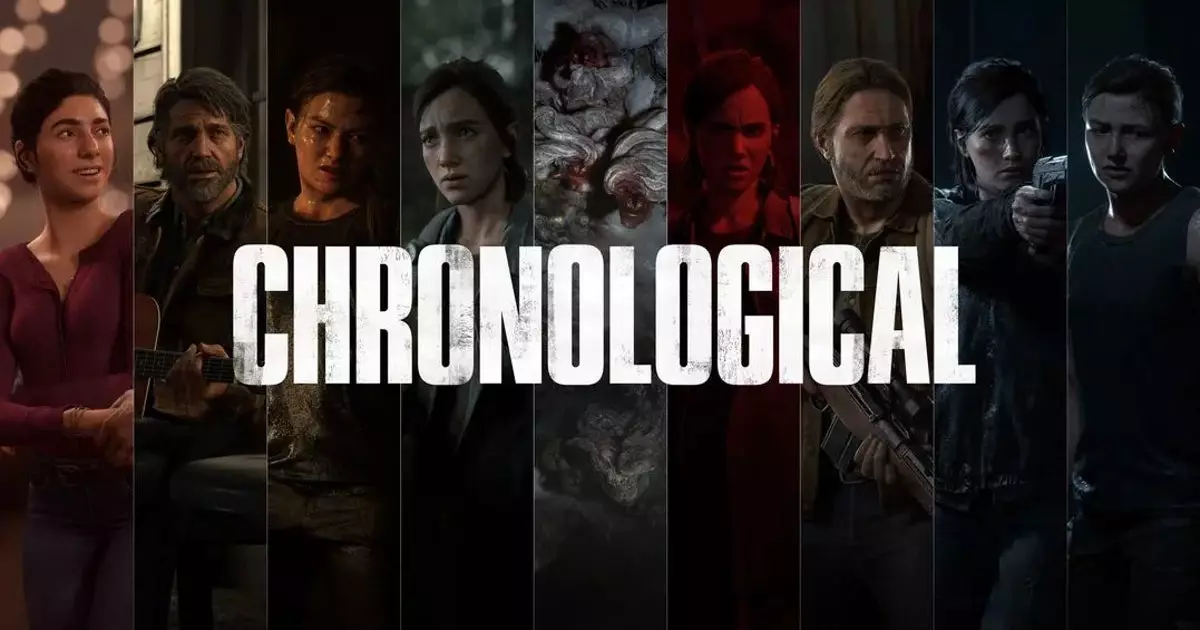In the evolving landscape of video game narratives, developers frequently grapple with how to present stories that resonate emotionally and intellectually with players. Naughty Dog’s recent introduction of a new, chronologically ordered mode for *The Last of Us Part II* ignites a provocative debate about the purpose and efficacy of non-linear storytelling. Traditionally, games and films have relied on flashbacks, flash-forwards, and other temporal manipulations to deepen character development and thematic richness. But, is this approach always justified, or does it sometimes serve more as a narrative crutch or stylistic gimmick? Naughty Dog’s experiment raises uncomfortable questions about what story structure truly serves the experience and whether forcing players into a chronological rerun enhances or dilutes the narrative’s emotional impact.
This shift from non-linear to linear storytelling is not merely a technical feature but an ideological stance that challenges the very foundations of how stories are told in interactive media. While some may argue that chronological order fosters clarity and emotional coherence, others might see it as a simplification that sacrifices depth for convenience. Games, unlike traditional media, have the unique ability to manipulate time, perspective, and player agency. When developers prioritize a non-linear storytelling approach, they often aim to mirror the complex intricacies of human memory and trauma, making the narrative more immersive and authentic. Reverting to chronological order, therefore, might inadvertently strip away much of this nuance, reducing stories to straightforward sequences that can lack the ambiguity and layered meaning that makes them compelling.
The Risks of Over-Simplification and Artistic Intent
Naughty Dog’s decision to provide a mode that plays out *The Last of Us Part II* in strict chronological order can be seen as a double-edged sword. On one hand, it offers players a new way to engage with the story—an experience that might reveal previously obscured details or thematic links. On the other hand, it risks undermining the original artistic intent, which was crafted with a deliberate non-linear structure to evoke a sense of disorientation, trauma, and thematic tension. The nonlinear narrative invites players to piece together fragments of Ellie and Abby’s journeys, fostering a sense of mystery and psychological depth. Discarding this structure might simplify the story to a linear progression, erasing the emotional stakes that come from unfolding memories at unpredictable intervals.
From an artistic perspective, the original design was arguably designed to mirror the chaos of grief and revenge, where clarity is intentionally elusive. By imposing chronological order, the game could lose its storytelling potency, becoming a straightforward timeline that reduces complex characters to mere plot points. Moreover, this mode may cater more to curiosity than to genuine narrative enrichment, tempting players to click through events without appreciating the thematic layering or character development embedded in the original structure. If storytelling is about conveying human complexity, then the risk with such features is that they might offer superficial insight rather than profound understanding.
Player Agency and the Future of Narrative Experimentation
Despite these criticisms, the introduction of this chronological mode signifies a broader willingness within the gaming industry to experiment with narrative forms. It sparks a healthy debate about accessibility, player agency, and the role of storytelling complexity in games. Some players crave linear narratives because they find clarity and emotional payoff more impactful when the story unfurls in a straightforward manner. Others enjoy the challenge of engaging with story structures that are less conventional and more reflective of real-life cognitive disarray.
In a broader sense, this move could pave the way for more inventive storytelling techniques—perhaps hybrid models that allow players to toggle between chronological and non-linear modes depending on their mood or interest. Gaming’s potential as a storytelling medium lies precisely in its versatility; it can function as a literary work, a psychological puzzle, or even an abstract art form. Developers should see these experiments not as dismissals of traditional narratives but as opportunities to evolve storytelling tools, pushing the boundaries of what interactive stories can be.
Ultimately, the question is whether these features serve the artistic integrity and emotional depth of the experience or simply cater to curiosity and superficial novelty. The challenge for future narrative design is to respect the intelligence of players and the complexity of human stories, rather than resorting to gimmicks that may, in the end, diminish the power of the medium. As gaming matures, it must do so by embracing storytelling practices that elevate, challenge, and inspire—beyond mere chronological rearrangements.


Leave a Reply